Do you really need traditional desk phones in your office?
The desk telephone has been an essential communications device for as long as most of us can remember. But do you really need one?
Most people have a phone on their desk because it’s a standard part of the office set-up. Desk, chair, computer, phone - just like every office the world over. But this is just another example of the adage “we’ve always done it this way”.
Could it be that you are spending significant time and money on an unnecessary tradition?
Twenty, Thirty, Forty years ago the phone was a vital tool for business. Without it, you couldn't talk to anyone directly. Email was rare and only accessible from the one Internet-connected computer in the office. Mobile phones were common but making calls on them was expensive - and mobile data wasn’t even a thing.
Today email is the default way to talk to customers, suppliers and colleagues. Chat apps like WhatsApp, Facebook Messenger and Google Hangouts offer even more instantaneous communications. You can post on Twitter or Facebook. You can make a video call from your mobile phone. Using the traditional desk phone to call someone is probably the third or fourth option now.
Immobile, inconvenient and ignorable - there’s good reasons we now choose to avoid traditional phones.
Why does this matter?
Office-based phone systems are not cheap. You are likely spending considerable sums of money every year to maintain a system that you don’t use very much. Take a look at the common costs associated with a typical phone system for 18 people:
18 handsets: £2600
Phone system configuration: £270
Annual line rental and call minutes for 18 employees: £3000
That’s a cost of £5870 in the first year and £3000 every year after that - forever.
This figure does not include any maintenance and support contract costs charged by the phone system vendor either. Nor does it include the cost of installing network equipment and cabling to support a phone on everyone's desk. You could purchase WiFi handsets to save on cabling costs, but they are more expensive than wired alternatives, instantly negating any savings made.
So is there another way?
Yes and no. You no longer need to have a physical phone system (PBX) installed in your office. A modern phone system uses a cloud-based switchboard to route calls securely via the Internet.
With a cloud phone system, such as Google Voice you can install an app on your mobile phone that allows you to make and receive calls, just like your office phone. The app can work over WiFi, 4G and 5G keeping you connected even when you’re out of the office. When you make a call it appears to come from your office number; incoming calls to the office are routed to your mobile phone.
This means that you do not have to have a physical phone for every employee, although you may choose to keep a handset for desk-bound workers who take a lot of calls, like customer services. For everyone else, the app is a great alternative. You save money by not buying handsets and the use of WiFi connectivity means less network infrastructure cabling is required.
The future of office phones
The office phone will eventually disappear from the workplace, just like the fax machine did. Instead voice calls will be made through services like Google Voice. Mobile apps are getting smarter, integrating your email, contacts and calendar into a single interface. Each employee will have their own direct dial phone number that works on any device they sign into.
With these new cloud-based phone systems, you will be able to take a call on your mobile, tablet or laptop. And you can transfer calls between devices seamlessly too.
The concept of having a central phone number for the business is changing. People will contact you directly, rather than calling a central switchboard and waiting to be transferred. You may have already begun managing a significant volume of customer service requests via social media channels like Twitter and DMs on Instagram for instance.
The way your business talks to its customers is evolving. The traditional phone system is just one aspect of this evolution, changing into something much more employee-centric in the future.
Right now you should probably retain a phone system that supports incoming calls to one landline number with the ability to transfer calls between extensions. And if you are looking to replace an old system, now is the time to migrate to a cloud-based system, ditching the traditional “box on the wall” PBX.
To learn more about Google Voice, cloud-based telecoms services and what they mean for your business, please get in touch.


